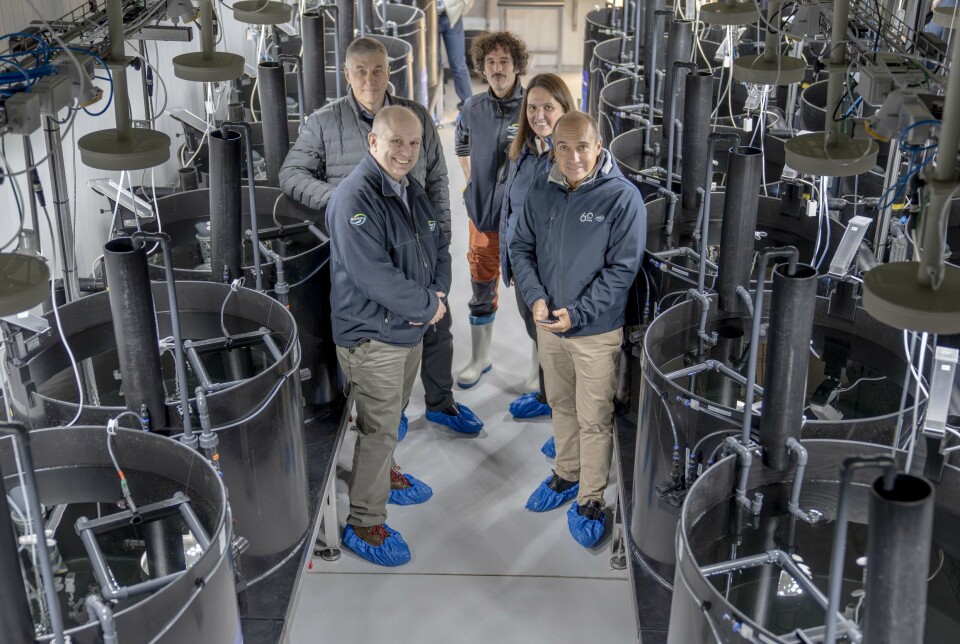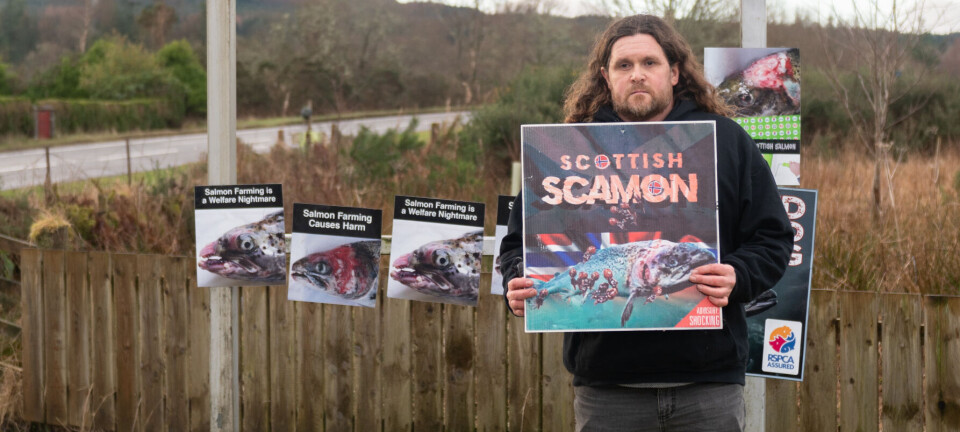
BioMar opens hatchery feed trials unit
We can now simulate our customers' conditions around the world, says R&D chief
Feed producer BioMar’s chief executive Carlos Diaz has officially opened a new wing at the company’s Aquaculture Technology Centre at Hirtshals, Denmark. The LARVIVA Hatchery Hub trial facility is dedicated to research and development in the hatchery segment.
“We have a solid and fast-growing share in the hatchery segment, but we still see untapped potential as the segment continues to evolve,” said Diaz.
In recent years the hatchery sector has seen consolidation with larger units and standardisation of protocols, as well as the introduction of new species with unique feeding behaviour.
Dream come true
“This facility is a dream come true for our global hatchery team. Our goal is to ease production, reduce costs, and provide stronger larvae,” said global hatchery product manager, Joana Amaral. “We have successfully reduced the need for rotifers and artemia with early co-feeding and this new LARVIVA Hatchery Hub will enable us to continue to develop both diets and feeding protocols.”
BioMar said in a press release that high performance hatchery feeds are essential for creating strong and healthy fish and shrimp early in life as this leads to better survival rates and a more robust animal.
“The new facility is very advanced and versatile. It enables us to do trials with a very high degree of control over all production parameters,” said Simon Wadsworth, global R&D director of BioMar Group. “We can simulate conditions that our customers experience in different hatcheries around the world and do trials with both marine and freshwater larvae.”
BioMar’s LARVIVA hatchery feeds were first introduced in 2008 and are sold worldwide to both fish and shrimp species.












































































